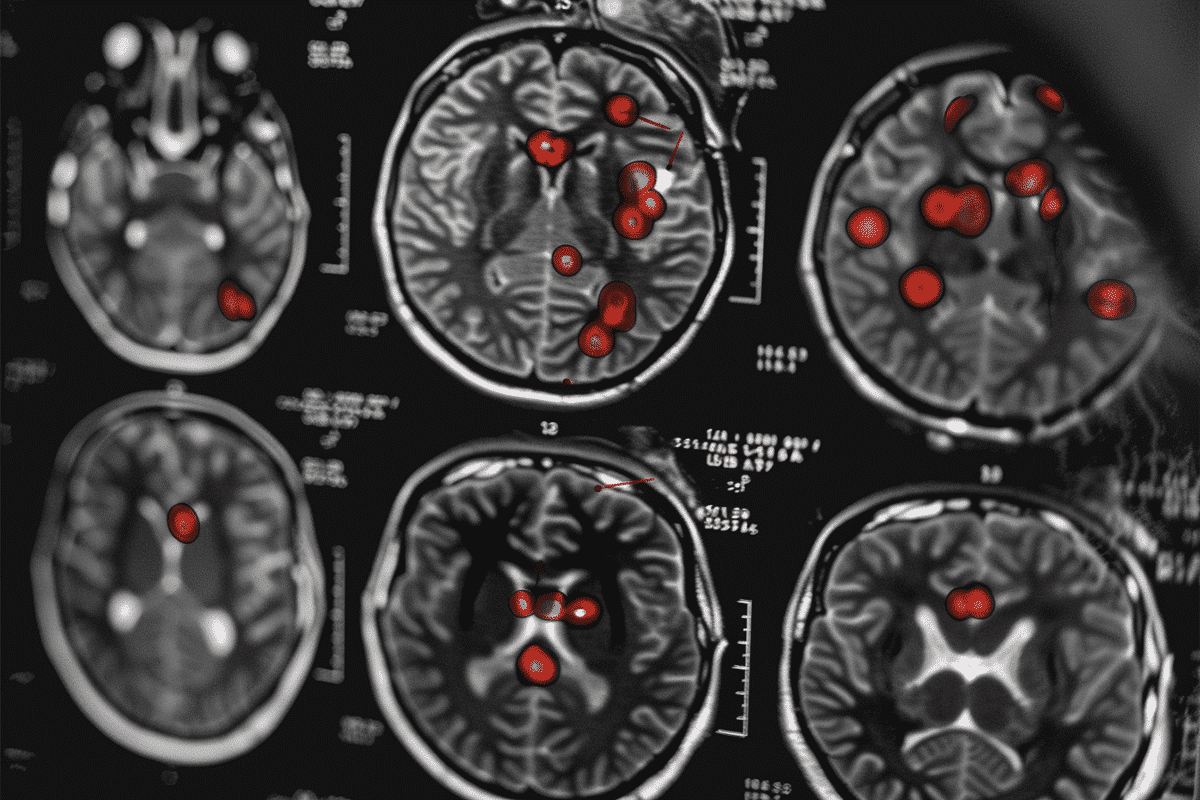In the realm of science fiction, telepathy has long captured the imagination, depicted as the ability to transmit thoughts directly from one mind to another. While once confined to the pages of novels and the screens of Hollywood, recent advancements in brain-machine interfaces are bringing this fantastical concept closer to reality.
A recent study, led by Dr. Xupeng Chen and his team from New York University, has made significant strides in decoding neural signals to translate thoughts into words wirelessly. Published in the prestigious journal Nature, their research represents a breakthrough in the field of brain-machine communication.
The study builds upon decades of research in regenerative medicine, a field dedicated to restoring normal function to damaged tissues and organs. Dr. Chen’s work focuses on brain-machine interfaces, a subset of regenerative medicine that aims to bridge the gap between the human brain and external devices.
Central to Dr. Chen’s study is the concept of electrocorticography, a method wherein electrodes are implanted directly into the brain to record electrical activity. Unlike noninvasive methods, electrocorticography provides a higher resolution of neural signals, allowing for more precise decoding of brain activity.
One of the key findings of the study is the development of a speech decoder that can accurately translate neural signals into spoken language. This decoder utilizes advanced deep learning architectures, including ResNet and Swin Transformer, to analyze neural data and generate coherent speech output.
Surprisingly, the researchers found that the differences in decoding accuracy between the left and right hemispheres of the brain were minimal. This suggests that individuals with brain damage or impairment on one side may still benefit from speech decoding technology.
Another unexpected discovery was the limited impact of electrode density on decoding accuracy. While higher-density implants were initially thought to yield more accurate results, the study found that differences between high- and low-density implants were minimal. This has significant implications for the accessibility and affordability of brain-machine interfaces in the future.
The study also confirmed the importance of the sensorimotor cortex in speech decoding. By analyzing neural activity in this region, the researchers were able to generate accurate representations of spoken language.
Perhaps most excitingly, Dr. Chen and his team have made their neural decoding pipeline publicly available, paving the way for future advancements in the field. This open-access approach encourages collaboration and innovation, accelerating the development of brain-machine interfaces.
Looking ahead, the implications of this research are profound. While the current focus is on translating neural signals into spoken language, the ultimate goal is to achieve wireless, implantless communication directly from the mind. This vision, once relegated to the realm of science fiction, may soon become a reality.
As we continue to unlock the mysteries of the human brain, the possibilities are endless. From assisting individuals with speech impairments to enabling seamless communication between humans and machines, the potential applications of brain-machine interfaces are vast.
Dr. Xupeng Chen’s research represents a significant step forward in the quest for telepathy. By harnessing the power of neural decoding technology, we are edging closer to a future where thoughts can be effortlessly translated into action.





